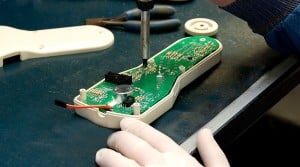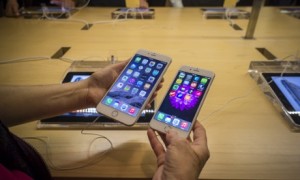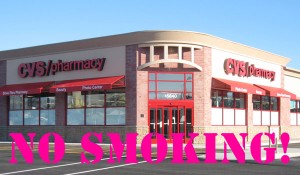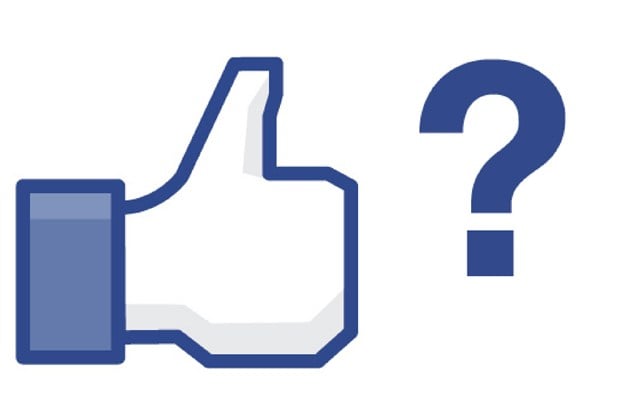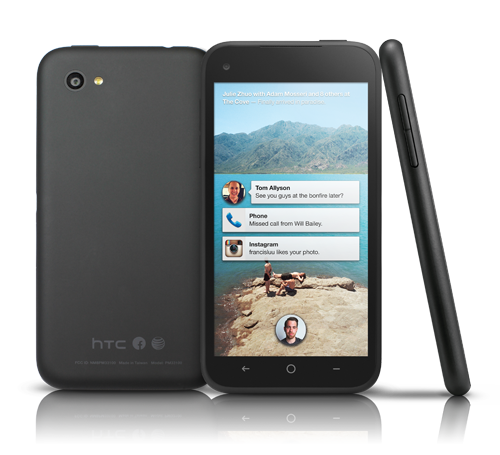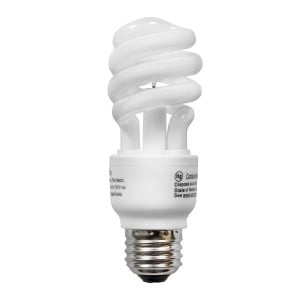Mitigating risk is an important part of business strategy – enough so that entire departments or teams are often devoted to risk management. Going through training session after training session, consultant after consultant, many managers understandably fear risk and uncertainty.
But for most early-stage startups, venture capitalists have much to teach about risk tolerance, and making the case for increasing exposure to risk. The Wall Street Journal notes that of 10 startups, three or four will fail completely, but another three or four will not return the original investment.[1] With the expectation that many startups will fail, venture capitalists have both a perceptive eye and a tough stomach to ensure that investments are carefully placed for long-term gain.
In a 2013 Forbes article, Steve Culp, of Accenture’s Finance and Risk Services, speaks to need to increase risk to stimulate innovation. Culp notes that “innovation and risk management seemingly do not naturally go hand-in-hand in many peoples’ minds,”[2] as he explores the silver lining to increasing risk in business. Culp speaks to two specific corporate structures that do a disservice to innovation. First, he cites the use of “stage gates” in selecting new projects. He notes that, “in many cases, the stage gating process is too focused on re-enforcing what the company does well today and the funnels end up producing only weak, incremental ideas that come to market slowly and lack emphasis on new areas for expansion.” Arguably, it’s not difficult to find companies that are aligned with this trajectory, making minimal gains to keep market share, rather than innovating. Culp also speaks to culture barriers in corporate settings, noting that, “another common impediment to innovation is an existing corporate culture that overly celebrates and rewards success.” With attention on metrics, sales goals, and other analytical focuses, it’s easy to lose sight of innovation when meeting benchmarks will suffice. Such cultures may even deter innovation, overtly focusing on guaranteed successes and lacking space for the possibility of failure.
Culp summarizes a “best practices” for innovation within corporate structure as three key elements: flexibility, speed, and control. He recommends that, “rather than placing all their bets on one or two experiments, companies may want to consider building a portfolio of early innovation investments that act as options.” Since “successful [innovations] often [require] speed, companies can use rapid experimentation and agile development to increase their chances of filling their innovation portfolios with new products and extensions.” Lastly, Culp notes “venture capital firms use controls, but these controls typically are designed to increase risk tolerance, fostering a culture that embraces the logic of intelligent mistakes.” By shifting the focus from risk avoidance to a safe space for innovation, companies of all sizes can benefit from playing with fire.
Have you seen innovative projects or suggestions stifled within your company, due to risk aversion?
What kinds of projects might be possible if your company had a higher tolerance for risk?
On a related note, Gever Tully beautifully sums up this tradeoff between risk and innovation in his humorous TED Talk: “5 Dangerous Things You Should Let Your Kids Do.”
[1] http://www.wsj.com/articles/SB10000872396390443720204578004980476429190
[2] http://www.forbes.com/sites/steveculp/2013/01/07/risk-management-can-stimulate-rather-than-deter-innovation/



